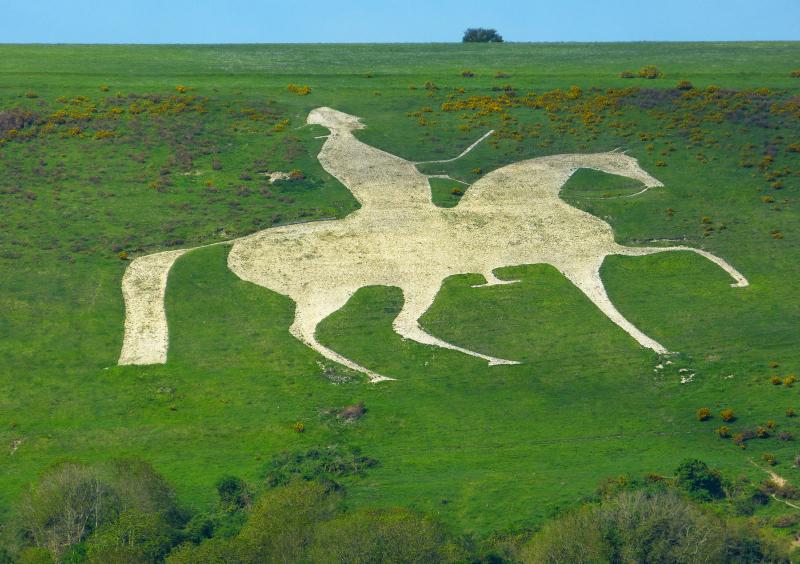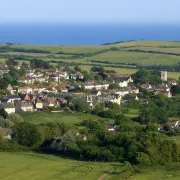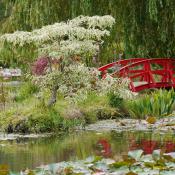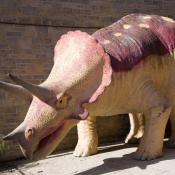
There has been a settlement in this area since the Bronze Age and several artefacts have been found around Osmington. However, the village is first recorded in the middle of the 10th century, when mentioned in a charter document. The church was originally built in 1170 but there have been a number of restorations and alterations up to and including the 19th century. There are also several 16th century buildings in the village.
The Osmington White Horse is a figure of King George III on horseback, which was sculpted into the chalk hills in the early 19th century. Apparently the King regularly visited nearby Weymouth, making that town into the premier resort in England. Legend says that King George was offended because he was depicted riding out of Weymouth, suggesting he was not welcome there. Consequently, he and never returned. The story is patently untrue, as the figure was carved after the death of the King - probably the real reason he never returned!
Osmington today is a picturesque village, with narrow streets, off the main Weymouth to Poole road. Until the latter half of the 20th century, Osmington’s main industry was farming. With modernisation and the consequent decline in agricultural employment, the character of the village changed and it is now in the commuter belt for various larger centres of employment.
The village was formerly home to the Warnham family, one of whom, as Archbishop of Canterbury, is believed to have crowned Henry VIII.
The famous landscape painter, John Constable, spent his honeymoon at Osmington, completing his painting of Weymouth Bay which hangs in the National Gallery.
On the other side of the main road is the more popular resort of Osmington Mills. The Smugglers Inn lies beside the sea here and was one of the main landing places for smuggled goods in the 17th century. The Inn was originally built in the 13th century and used to have a brewery at the back. It has had various names, but the present one seems quite apt. It was the headquarters of the French smuggler Pierre Latour.
Osmington Bay is in the heart of the Dorset World Heritage Site, close to Weymouth and within easy reach of all the amenities of the larger resort. The Osmington Bay Centre has a private beach, a high ropes course and many other outdoor and indoor facilities. Various watersports take place around this area, leeward of Portland Bill.
The shore at Osmington Mills faces south west and a fresh water stream enters the sea at the east. There are numerous rock pools amongst the boulders on this part of the coast and fauna such as dog whelks, crabs, sea anemones, acorn barnacles, limpets and periwinkles can all be found here. The famous Jurassic Coast is also along here, an ideal hunting place for those seeking fossils.








